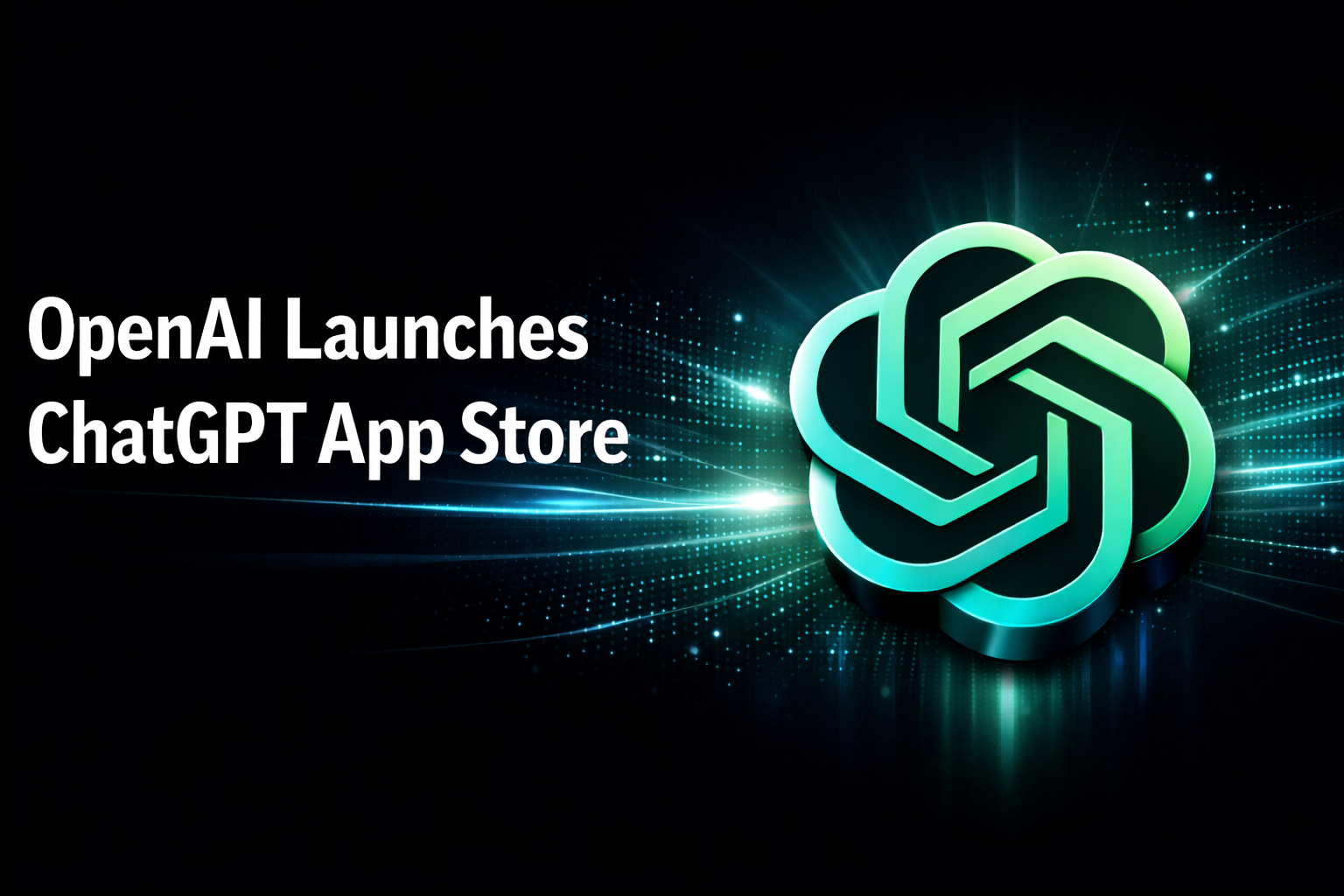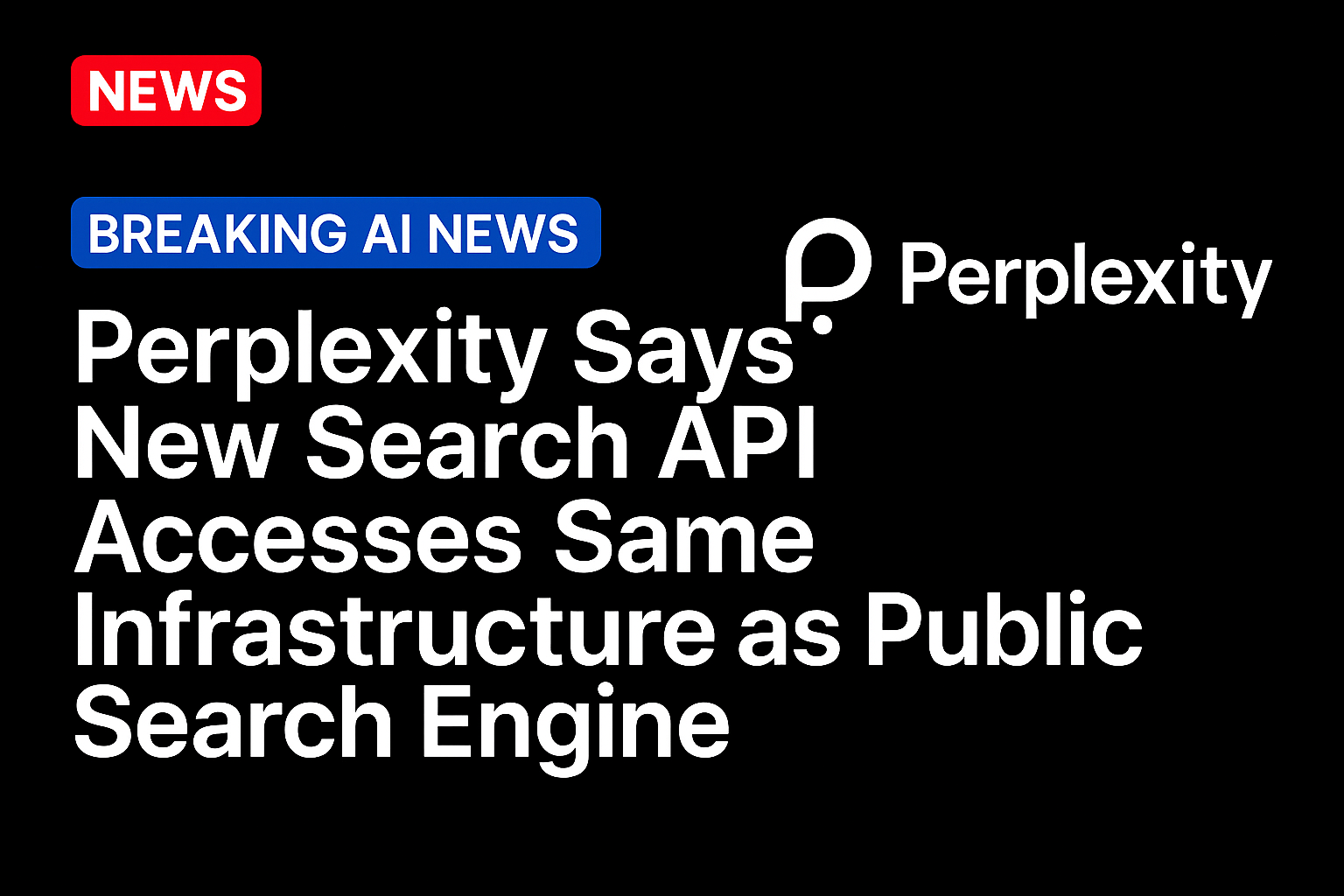With artificial intelligence advancing and becoming increasingly autonomous, there is a growing shared responsibility in the way trust is built into the systems that operate AI. Providers are responsible for maintaining a trusted technology platform, while customers are responsible for maintaining the confidentiality and reliability of information within their environment.
At the heart of society’s current AI journey lies the concept of agentic AI, where trust is not just a byproduct but a fundamental pillar of development and deployment. Agentic AI relies heavily on data governance and provenance to ensure that its decisions are consistent, reliable, transparent and ethical.
As businesses feel pressure to adopt agentic AI to remain competitive and grow, CIOs’ number one fear is data security and privacy threats. This is usually followed by a concern that the lack of trusted data prevents successful AI and calls for an approach to build IT leaders’ trust and accelerate adoption of agentic AI.
Here’s how to start.
Understanding Agentic AI
Agentic AI platforms are designed to act as autonomous agents, assisting users who oversee the end result. This autonomy brings increased efficiency and the ability to handle performing multi-step time-consuming repeatable tasks with precision.
To put these benefits into practice, it is essential that users trust the AI to abide by data privacy rules and make decisions that are in their best interest. Safety guardrails perform a critical function, helping agents operate within technical, legal and ethical bounds set by the business.
Implementing guardrails in bespoke AI systems is time consuming and error prone, potentially resulting in undesirable outcomes and actions. In an agentic AI platform that is deeply unified with well-defined data models, metadata and workflows, general guardrails for protecting privacy and ensuring privacy can be easily preconfigured. In such a deeply unified platform, customized guardrails can also be defined when creating an AI agent, taking into account its specific purpose and operating context.
Data Governance and Provenance
Data governance frameworks provide the necessary structure to manage data throughout its lifecycle, from collection to disposal. This includes setting policies, standards, properly archiving, and implementing procedures to ensure data quality, consistency, and security.
Consider an AI system that predicts the need for surgery based on observations of someone with acute traumatic brain injury, recommending immediate action to send the patient into the operating room. Data governance of such a system manages the historical data used to develop AI models, the patient information provided to the system, the processing and analysis of that information, and the outputs.
A qualified medical professional should make the decision that impacts a person’s health, informed by an agent’s outputs, and the agent can assist with routine tasks such as paperwork and scheduling.
Consider what happens when a question arises about the decision for a specific patient. This is where provenance comes in handy — tracking data handling, agent operations, and human decisions throughout the process — combining audit trail reconstruction and data integrity verification to prove that everything performed properly.
Provenance also addresses evolving regulatory requirements related to AI, providing transparency and accountability in the complex web of agentic AI operations for organizations. It involves documenting the origin, history, and lineage of data, which is particularly important in agentic AI systems. Such a clear record of where data comes from and how it’s being treated is a powerful tool for internal quality assurance and external legal inquiries. This auditability is paramount for building trust with stakeholders, as it allows them to understand the basis on which AI-assisted decisions are made.
Implementing data governance and provenance effectively for agentic AI is not just a technical undertaking, it requires a rethinking of how an organization operates, one that balances compliance, innovation, practicality to ensure sustainable growth, and training that educates employees and drives data literacy.
Integrating Agentic AI
Successful adoption of agentic AI involves a combination of fit-for-purpose platform, properly trained personnel, and well-defined processes. Overseeing agentic AI requires a cultural shift for many organizations, restructuring and retraining the workforce. A multidisciplinary approach is needed to integrate agentic AI systems with business processes. This includes curating data they rely on, detecting potential misuse, defending against prompt injection attacks, performing quality assessments, and addressing ethical and legal issues.
A foundational element of successful data governance is defining clear ownership and stewardship for agent decisions and data. By assigning specific responsibilities to individuals or teams, organizations can ensure that data is managed consistently, and that accountability is maintained. This clarity helps prevent data silos and ensures that data is treated as an asset rather than a liability. New roles might be needed to oversee AI functions and ensure they follow organizational policies, values, and ethical standards.
Fostering a culture of data literacy and ethical AI use is equally important. Extending universal cybersecurity training, every level of the workforce needs an understanding of how AI agents work. Training programs and ongoing education can help build this culture, ensuring that everyone from data scientists to business leaders is equipped to make informed decisions.
A critical aspect of data governance and provenance is implementing data lineage tracking. Transparency is essential for error tracing and for maintaining the integrity of data-driven decisions. By understanding the lineage of data, organizations can quickly identify and address any issues that might arise, ensuring that the data remains reliable and trustworthy.
Audit trails and event logging are vital for maintaining security and compliance as they provide end-to-end visibility into how agents are treating data, responding to prompts, following rules, and taking actions. Regular audit trails enable organizations to identify and mitigate potential risks and undesirable behaviors, including malicious attacks and inadvertent data modifications or exposures. This not only protects the organization from legal and financial repercussions but also builds trust with stakeholders.
Finally, using automated tools to monitor data quality and flag anomalies in real-time is essential. These tools can help organizations detect and address issues before they escalate. And organizations can free up resources to focus on more strategic initiatives.
When these strategies are put into practice, organizations can ensure robust data protection and management. For example, Arizona State University (ASU), one of the largest public universities in the U.S., recently launched an AI agent that allows users to self-serve through an AI-enabled experience. The AI agent, called “Parky,” offers 24/7 customer engagement through an AI-driven communication tool and derives information from the Parking and Transportation website to provide fast and accurate information to user prompts and questions.
By deploying a set of multi-org tools to ensure consistent data protection, ASU has been able to reduce storage costs and support compliance with data retention policies and regulatory requirements. This deployment has also enhanced data accessibility for informed decision-making and fostered a culture of AI-driven innovation and automation within higher education.
The Road Ahead
Modern privacy strategies are evolving, moving away from strict data isolation, and shifting toward trusted platforms with minimized threat surfaces, reinforced agent guardrails, and detailed auditability to enhance privacy, security, and traceability.
IT leaders must consider mature platforms that take into account guardrails and have the proper trust layers in place with proactive protection against misuse. In doing so, they can hinder mistakes, costly compliance penalties, reputational damage, and operational inefficiencies stemming from data disconnects.
Taking these precautions empowers companies to leverage trusted agentic AI to accelerate operations, increase innovation, enhance competitiveness, increase growth, and delight the people they serve.
Source: https://insideainews.com/





